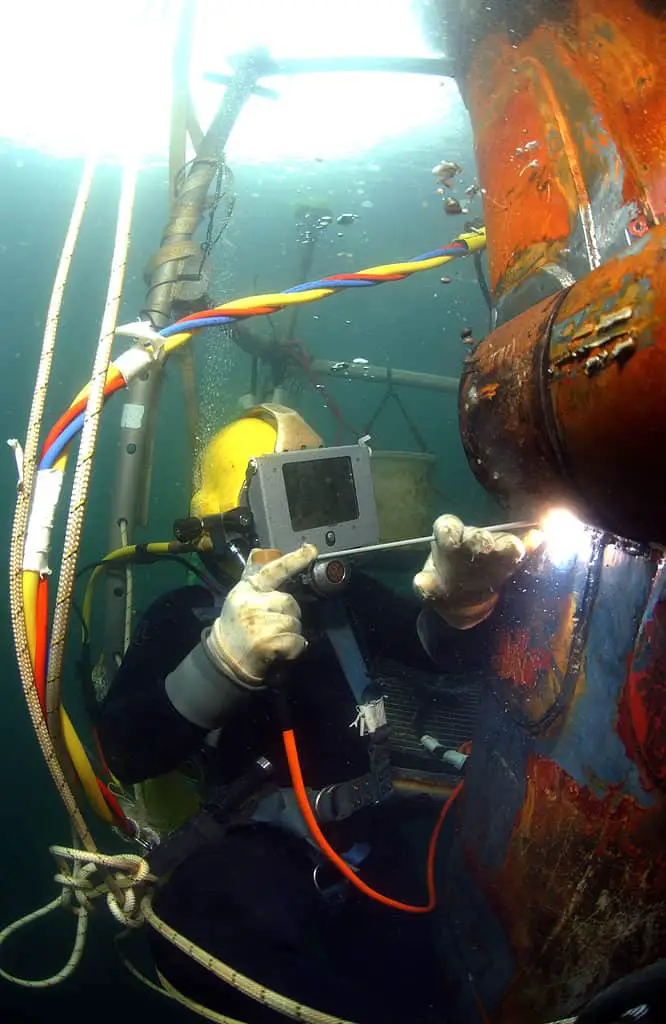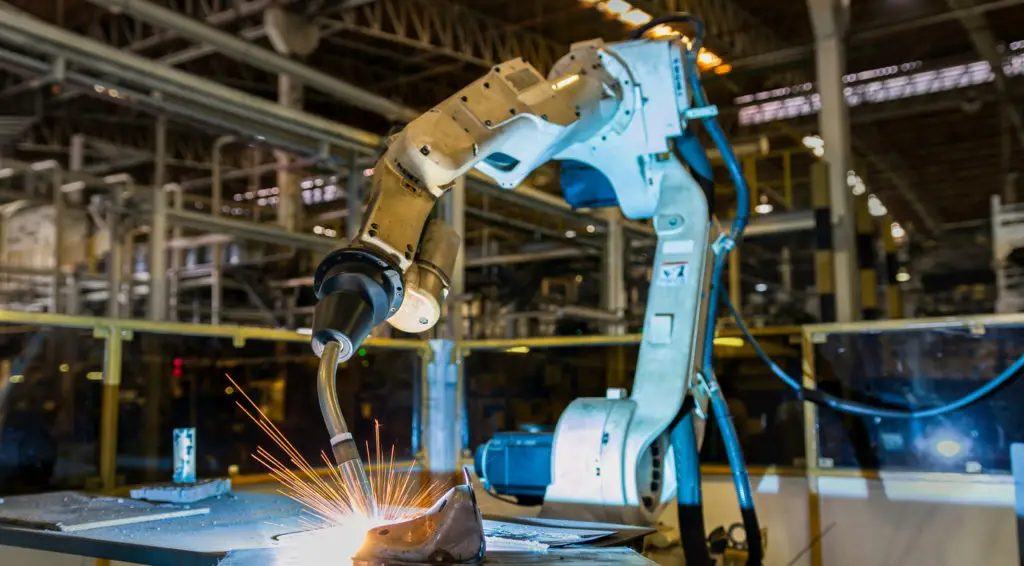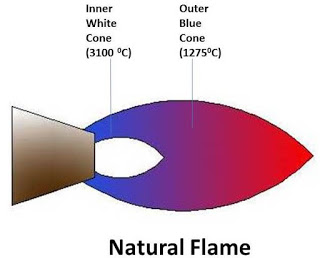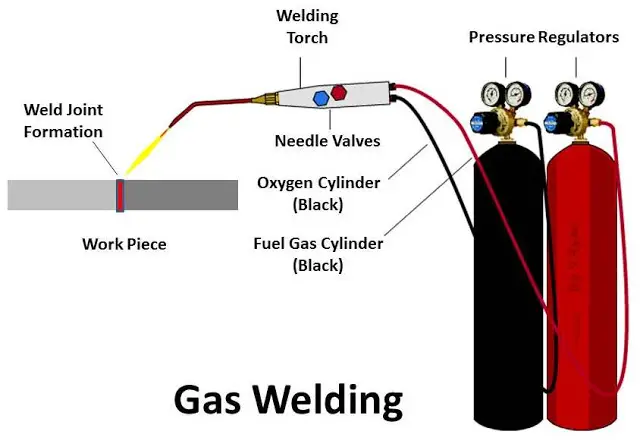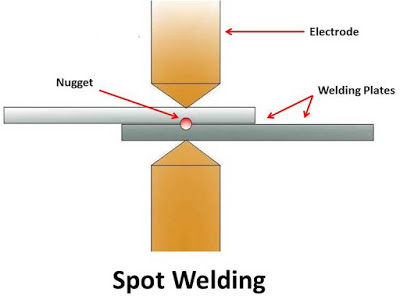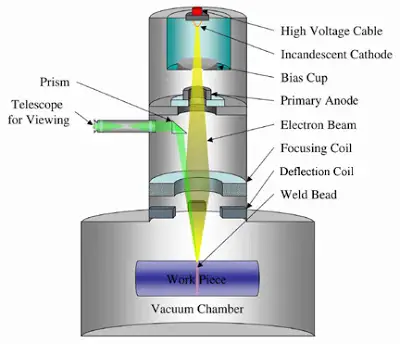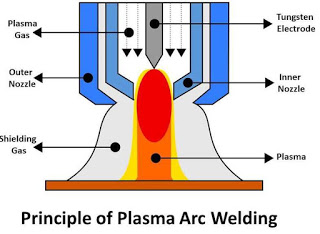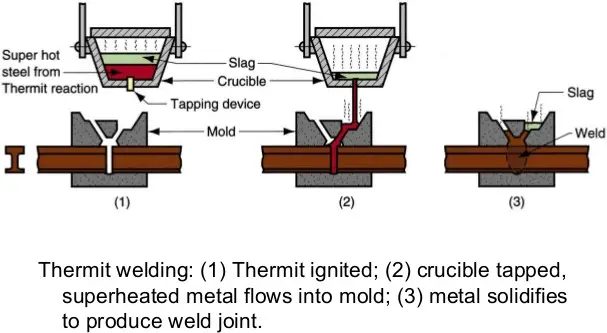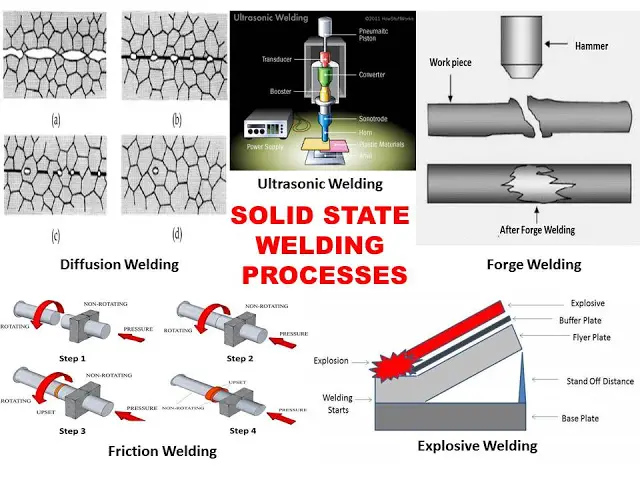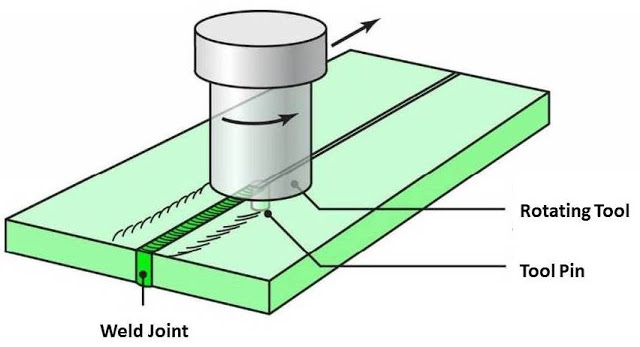What Is Hyperbaric Welding?
Did you know that hyperbaric welding, also known as underwater welding, is among the most well-paid and sought-after jobs for commercial divers? If you’re on this page, you must be interested in becoming an underwater welder! There are a few steps to take to become one. Hyperbaric welding has been around since its invention in …

